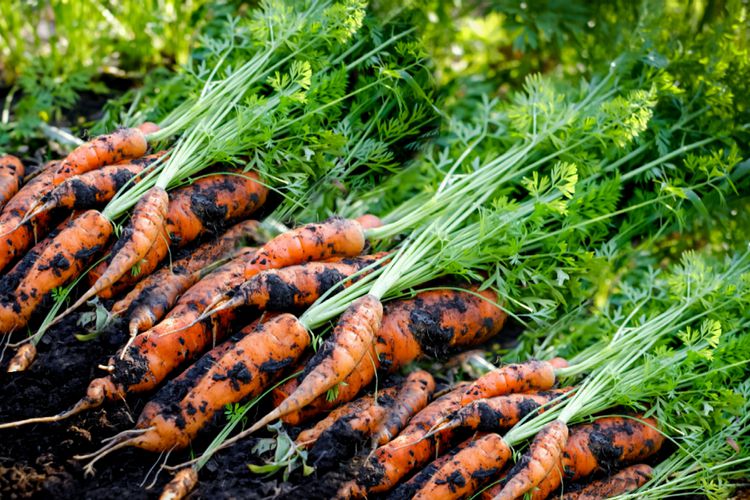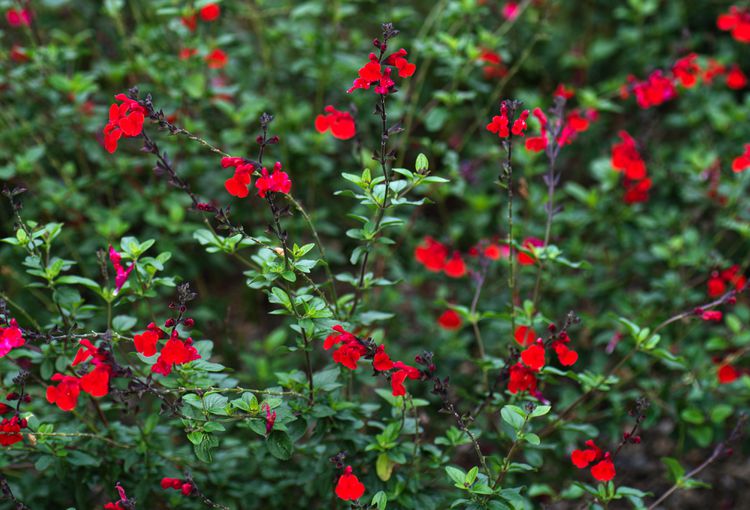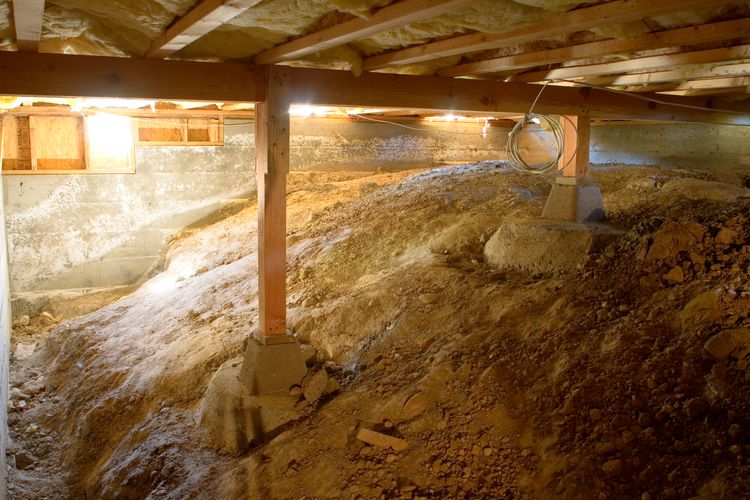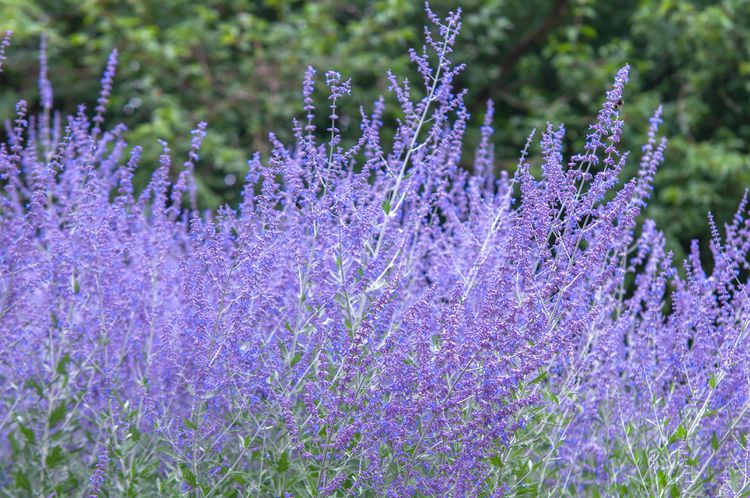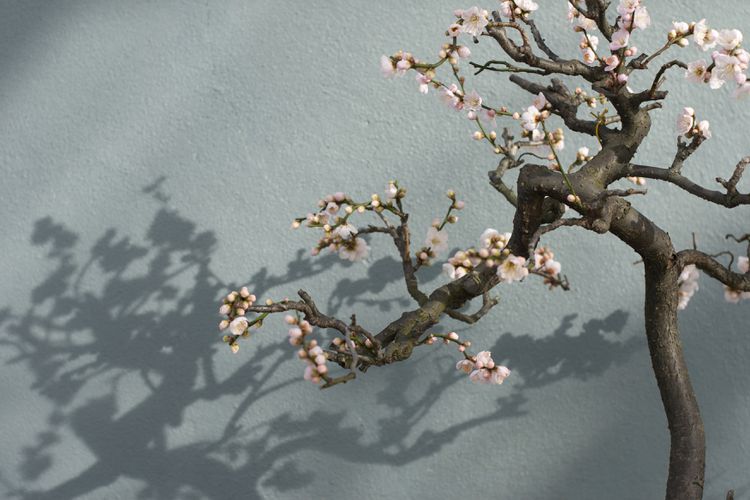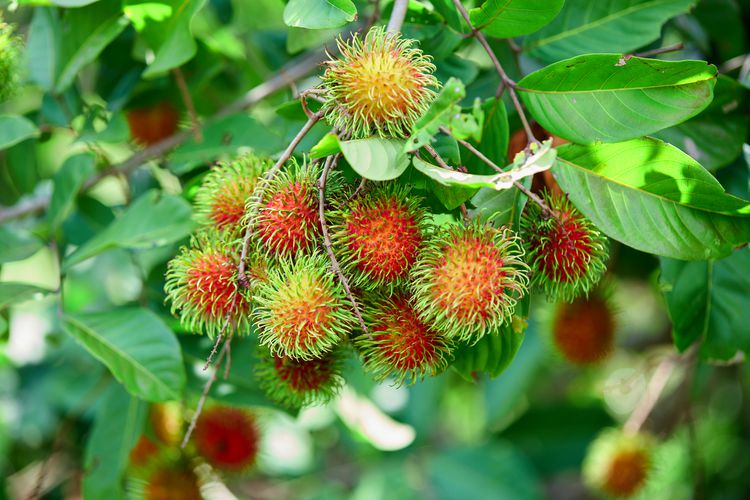
Rambutan, often referred to as hairy lychee, is a tropical evergreen tree celebrated for its delicious and juicy fruit. Originating from Southeast Asia, this tree thrives in moist, well-drained soil and benefits from consistent fertilization throughout the year, as well as warm, sunny environments.
Rambutans, similar to longan and lychee trees, belong to the soapberry family. These fruits feature a spiky, hairy exterior that encases a sweet, floral-flavored pulp surrounding a sizable, inedible seed. Here’s a comprehensive guide to cultivating the rambutan plant.
| Common Name | Rambutan, hairy lychee |
| Botanical Name | Nephelium lappaceum |
| Family | Sapindaceae |
| Plant Type | Fruit |
| Size | 50-80 ft. tall |
| Sun Exposure | Full |
| Soil Type | Loamy, well-drained |
| Soil pH | Acidic |
| Bloom Time | Spring, summer, fall |
| Hardiness Zones | 10-13 (USDA) |
| Native Area | Southeast Asia |
Steps for Planting Rambutan
Optimal Planting Times
Transplant rambutan seedlings outside in the spring when nighttime temperatures remain steadily above 60 degrees Fahrenheit.
Looking for additional gardening advice? Subscribe to our complimentary gardening newsletter to receive our top cultivation tips, problem-solving strategies, and much more!
Choosing a Location for Planting
Select a location that receives ample sunlight and has loamy, well-drained soil. If feasible, opt for a spot that is shielded from strong, drying winds.
Distance, Dimension, and Assistance
Make sure to leave a clear area of at least 15 feet around the planting location to allow the tree to grow as it develops. Create a hole that is at least twice the width and the same depth as the root ball of your rambutan plant. Take the plant out of its container and position it in the hole.
Level the soil in the hole to match the height it was at in the container. Typically, no extra support is required.
Caring for Rambutan Plants
Light
Choose a location for your rambutan tree that receives ample sunlight, ideally a minimum of six to eight hours of direct sunlight daily. Alternatively, a location that offers partial sunlight for around 12 hours each day may also be suitable.
Make sure to slowly adapt seedlings or young plants that have been grown indoors to outdoor conditions over several weeks before placing them in full or partial sunlight.
Soil
Rambutan trees thrive in fertile, loamy soil that drains well and has a slightly acidic pH level, ideally between 5.5 and 6.5. It’s best to steer clear of locations with dense clay soil, as it tends to hold too much moisture. For those cultivating rambutan in pots, it’s advisable to use a premium potting mix enhanced with perlite or coarse sand to ensure proper drainage.
Water
Ensure that rambutan plants receive regular watering to keep the soil evenly moist without becoming waterlogged. In contrast to certain other fruit trees, rambutans have shallow roots, making them susceptible to leaf drop if they go without water for just a few days.
Imposing water stress for a duration of two to four weeks can promote flowering. To aid in moisture retention in the soil, apply a few inches of organic mulch, like wood chips, around the tree’s base, extending to the drip line. Ensure there is a gap of 3 to 5 inches between the mulch and the tree’s stem or trunk.
Ensure that rambutan plants in pots do not become dehydrated. Monitor the moisture level of the soil and provide water when it starts to feel dry to the touch.
Heat and Moisture Levels
Rambutan trees flourish in daytime temperatures ranging from 70°F to 95°F, but they are capable of tolerating conditions that are approximately ten degrees cooler or warmer than this range.
Temperatures falling below 50°F may harm new growth, while conditions below 40°F can lead to leaf loss. An optimal humidity level is approximately 75 percent.
Fertilizer
Rambutans are nutrient-demanding plants, necessitating consistent fertilization throughout the year to produce flowers and fruit. It is advisable to nourish them with a balanced liquid fertilizer continuously.
The fertilizer requirements for rambutan will change throughout its blooming and fruiting stages. During the winter months, switch to a 15-30-15 fertilizer to encourage flowering, and then use a 20-10-30 fertilizer to support fruit development once the flowers have appeared. After the harvest, revert to a balanced fertilizer.
Pollination
Rambutans are inherently dioecious, which means that a female tree needs to be pollinated by a male tree to produce fruit. Nevertheless, numerous cultivars are capable of self-pollination and do not need a male tree to yield fruit.
Varieties of Rambutan
Rambutan is primarily classified into two main varieties: red and yellow, which is the common method of categorization in the United States. Nevertheless, in its native Southeast Asian region, there are numerous cultivars to choose from, including:
- Nephelium lappaceum ‘Binjai’ is a prolific red rambutan variety known for its firm fruit and is the most commonly cultivated type in Indonesia.
- Nephelium lappaceum ‘Rongrien’: This variety, characterized by its oval shape, originates from Thailand and exhibits a red hue with green-tipped hairs as it matures.
- Nephelium lappaceum ‘E35’: This small-sized yellow rambutan variety produces exceptionally sweet and juicy fruits.
- Nephelium lappaceum ‘School Boy’ features vibrant red shells adorned with green hairs, hiding an abundance of small, sweet fruits that flourish on this variety of rambutan.
Gathering Rambutan
Rambutan trees that are cultivated from seeds typically start producing fruit within five to six years. However, trees that are grafted or budded can yield fruit in as little as two years. In tropical regions, these trees can produce fruit two times a year—once in late autumn or early winter, and again in late spring or early summer.
Anticipate that fruits will mature approximately 12 to 16 weeks following the flowering stage. When the time comes for harvesting, the fruits will display a vibrant red or yellow color and will have reached their optimal sweetness. Keep in mind that fruits will not continue to ripen once they have been picked, so it is advisable to wait until they are fully mature before harvesting.
Established trees can produce thousands of fruits during each season’s harvest.
Pruning
Regular pruning of rambutan trees isn’t necessary, but it’s advisable to eliminate any dead or damaged limbs as they appear. Trimming the tree after it bears fruit can promote fresh growth and help maintain a manageable size.
Cultivating Rambutan
Rambutan can be propagated using advanced methods such as grafting and budding; however, air layering is a more straightforward and accessible technique for amateur gardeners. This method is effective for rambutan, as it allows a branch or a portion of the stem to develop roots while remaining attached to the parent plant.
The ideal seasons for propagating rambutan are spring and summer. To get started, ensure you have a robust mother plant, a sanitized cutting tool, sphagnum moss, transparent plastic, aluminum foil, and some string or twist ties. Follow these steps to propagate rambutan.
- Immerse several handfuls of sphagnum moss in water until fully soaked. Afterward, take out the moss and gently squeeze it to eliminate any surplus water.
- Locate a vertical limb on the parent plant that receives ample sunlight. With a sharp knife, carefully strip a 1 to 2-inch section of bark completely around the limb.
- Encase the moist moss around the bare section of the branch, then cover it with a sheet of transparent plastic, ensuring that the moss is completely sealed from the air. Secure the plastic around the moss and branch with string or twist ties. Finally, cover the plastic with foil to protect the moss from direct sunlight.
- In approximately 12 weeks, the branch will establish roots within the moist sphagnum moss. Trim the branch just beneath the root system and transfer it into a pot.
Steps to Cultivate Rambutan from Seeds
You can cultivate rambutan plants from seeds, including those you’ve collected from a ripe rambutan fruit. The likelihood of successful germination increases with the freshness of the seeds.
- Gently extract the pulp from the seed, taking care not to slice or damage the seed while doing so.
- Clean the seed to eliminate any remnants of the fruit, and then let it soak in water at room temperature for the night.
- Sow the seed in a small pot filled with fresh potting soil, burying it one inch deep with the flat side facing downward.
- Moisten the soil and ensure it remains evenly damp.
- Place the pot in a well-lit, warm location, or utilize a heat mat to warm the soil. The rambutan seed is expected to sprout within a fortnight after being planted.
- Once the seed has germinated, place it outside in an area that receives full, direct sunlight. If you are keeping the seedling indoors, utilize grow lights to ensure it receives sufficient illumination.
Overwintering
If you have a rambutan plant in a pot outside, it’s advisable to start moving it indoors a few weeks prior to when nighttime temperatures fall below 60 °F.
Slowly adjust the plant to lower light levels over the course of about two weeks. When the time comes to permanently move it indoors, take precautions like thoroughly soaking the root ball to eliminate any pests and carefully examining the leaves for any signs of damage or insects.
Frequent Insect Infestations and Plant Ailments
Rambutan plants can be impacted by various common pests, including fruit flies, moths, fruit borers, and fruit webbers. Additionally, in tropical areas, birds might consume both unripe and ripe fruits.
Although rambutan trees are generally resistant to various plant diseases, they can occasionally be impacted by fungal problems such as powdery mildew.
What is the time frame for rambutan trees to produce fruit?
A rambutan tree that is cultivated from seeds typically requires five to six years to produce fruit. In contrast, rambutan that is propagated through budding or grafting can yield fruit in just two to three years.
How long does a rambutan typically live?
Rambutan trees have a lifespan that can reach 60 years in the wild, but their fruit-bearing years typically last around 30 years.
Is it challenging to cultivate rambutan?
Rambutan can be relatively easy to cultivate outdoors when the right conditions and climate are present. On the other hand, attempting to grow rambutan indoors or in cooler climates can be more challenging and might not yield any fruit.

